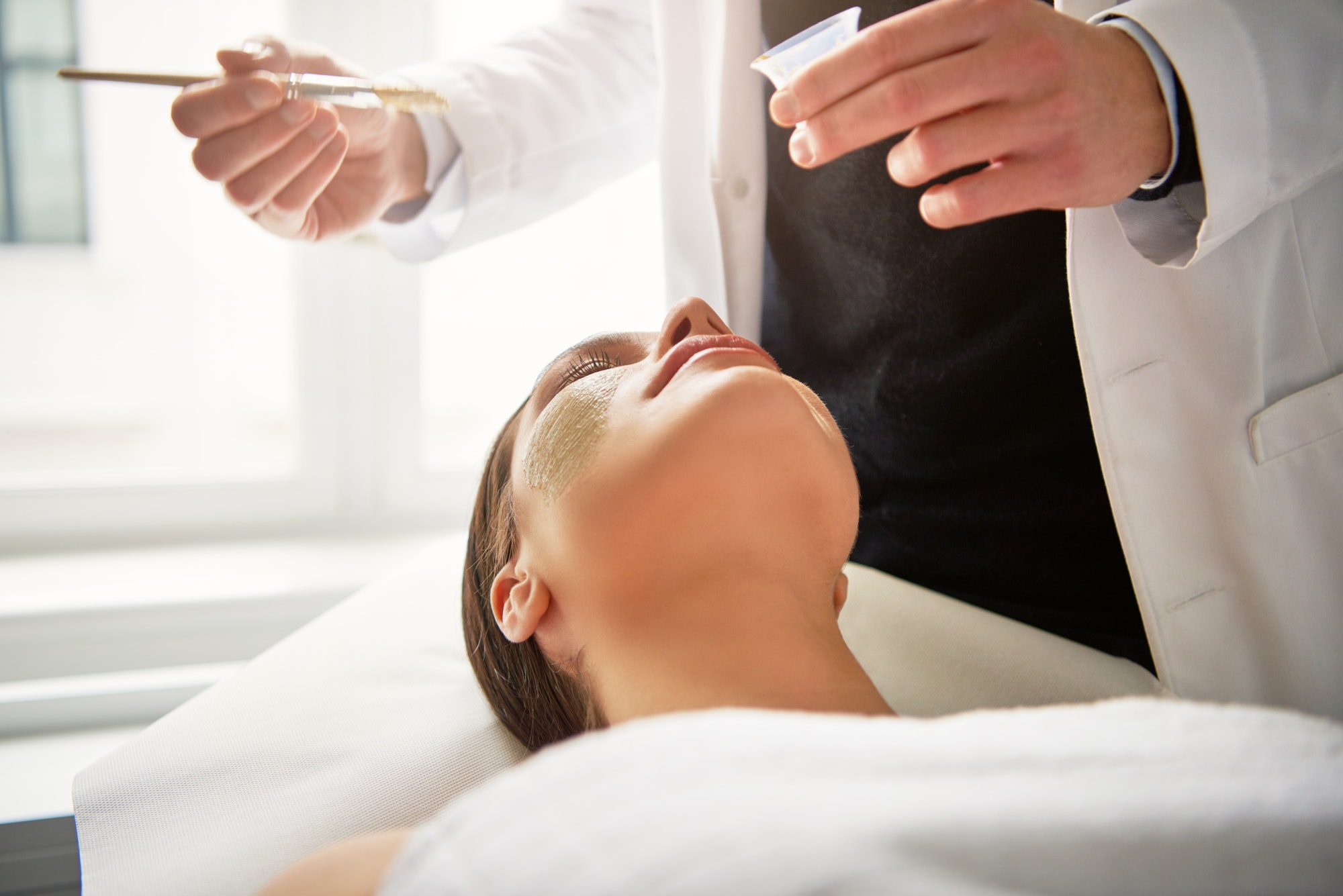Want to achieve a fresh-faced glow? A chemical peel is a great place to start.
If you’re not exactly sure what a chemical peel is, it’s a chemical solution applied to the skin to improve and smooth texture and reduce scarring and dark spots. Chemical peels are designed to remove the skin’s outermost layers. To accomplish this, the chosen peel solution causes a controlled injury to the skin.
Chemical peels are graded in terms of strength, with Level 1 Peels being the mildest and Level 4 (TCA Peels) being the strongest. Glycolic acid and salicylic acid are the most common peeling agents in a Level 2 peel, and more gentle peeling agents are based on simple fruit enzymes.
Read on to learn more about the benefits, along with what to expect.
1. Peel Strength:
If you have done at-home peels before you may expect similar results, but peels done in the office are more powerful and will penetrate deeper into your epidermis to produce stronger and more noticeable results.
2. Benefits:
Chemical peels are extremely effective at evening out your skin tone and making it appear younger and more refreshed. After even light peels, most people notice an improvement in sunspots and natural discoloration, and acne and acne scarring are reduced. They’re also effective age-defying tools, smoothing out fine lines and wrinkles and plumping up the skin.
3. Before You Peel:
To prepare for your chemical peel, you should discontinue use of any prescription and anti-aging products at least a week before your appointment. Retin-A, Retinol, and Differin-containing products may interfere with the peeling process. If at all possible, avoid being in the sun for long periods of time. Apply sunscreen liberally in the days leading up to your peel. Before getting the treatment, you want to make sure your skin is in good shape.
4. What to Expect:
Mild irritation, dryness, and flaking are all common side effects of peeling! The amount of peeling you experience will also depend on the strength of your peel. Some chemical peels will need about 1-2 days of downtime, others up to a week.
It’s important to note that you should never attempt to peel any of the flaking skin off yourself and let it fall off naturally or when cleansing. Touching, picking, or pulling on the peeling skin interrupts your skin’s natural healing cycle. What’s more, you are likely to interfere with the results, increase your chance of infection, and may even cause permanent hyperpigmentation.
5. Always Wear SPF!
Peels tend to make your skin very sensitive to sun rays, so sunscreen and minimal sun exposure are extremely vital right after a peel. To protect the newly vulnerable skin, apply an SPF every day, and make sure to re-apply every 2-3 hours.
Ready to peel?
If you’re interested in a chemical peel or have any questions, feel free to book your complimentary consult with one of our aesthetic experts today!






